Butterfield & Hurd Memorial
Introduction
Text-to-speech Audio
Images
Butterfield & Hurd, plaque, ca. 1939.
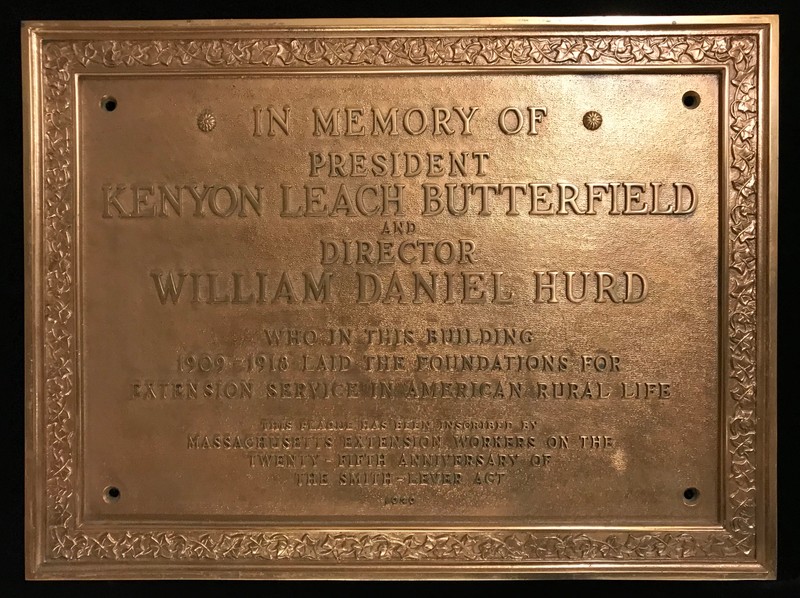
Kenyon L. Butterfield, ca. 1925.
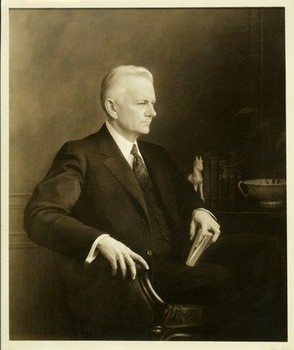
Kenyon L. Butterfield, April 19, 1922. Caption on back of photo states that this was the site of the Metawampe club cabin on Mt.Toby. Chief Metawampe was a local Native American who lived in the area in the 17th century.
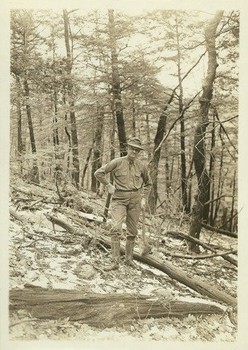
Kenyon L. Butterfield, 1922. Caption of rear of photo says, "College Cosmopolitan Club. 10 nationalities represented. About 1922". Butterfield is in the front row center right.
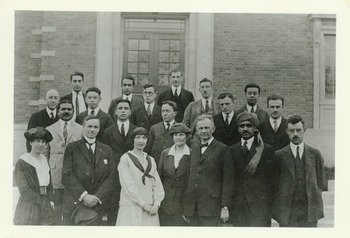
William D. Hurd, 1913.
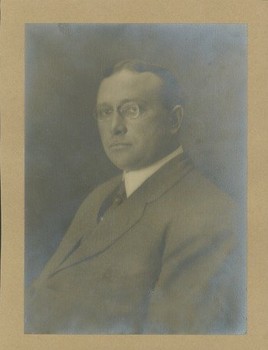
Amherst, Mass., M.A.C., South College, ca. 1912. Postcard.
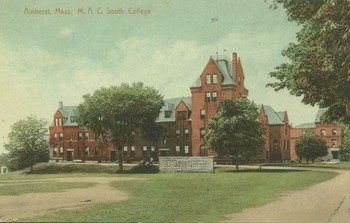
Sixty years of Cooperative Extension Service in Massachusetts: a history, 1971. Book.
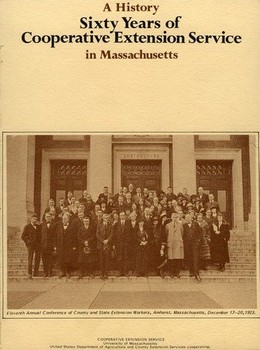
Report of the Extension Service for two years, 1909-1911 (M.A.C. Bulletin vol. 4, no.1), January 1912. (prepared by Hurd) Pamphlet.
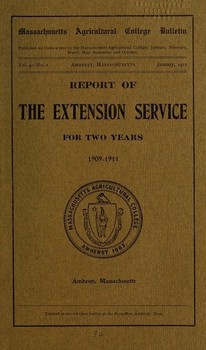
Extension School dairy equipment: feed, scales, milk can, and record, ca. 1920.
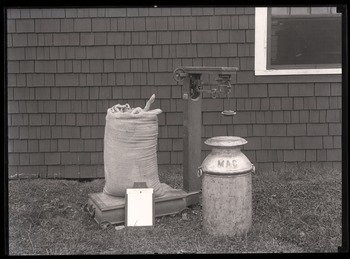
Summer School at Devil's Garden, ca. 1920.
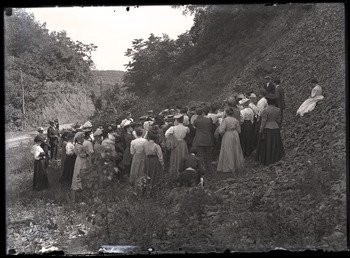
Backstory and Context
Text-to-speech Audio
Also See: Butterfield, Kenyon L.
President, Massachusetts Agricultural College: 1906-1924
Politically progressive and activist in spirit, Butterfieldquickly made major changes on campus, doubling the size of the staff, recruiting faculty from across the country to offer more specialized instruction, and expanding the college's public mission. Organizing the academic departments into five divisions, he took personal leadership of the division of rural social science. During his first decade at MAC, Butterfield oversaw growth of the institutional budget from $150,000 to $700,000, largely by attracting research funding, and in an effort to harness the potential of higher education to the direct benefit of farming communities, he initiated a host of outreach programs, including summer schools for farmers, agricultural clubs for school children, and a federation for rural progress. As President, he was noted, too, for initiating a program for women's education, which eventually developed into the School of Home Economics.
Outside the college, Butterfield was deeply engaged in agricultural matters at the national level. In 1913, he was appointed by Woodrow Wilson to the Commission for the Study of Agricultural Credits and Cooperation in Europe, and in 1917, he chaired the Massachusetts Food Supply Commission. Taking a leave of absence during the First World War, Butterfield served with the Army Educational Commission of the Young Men's Christian Association and as Educational Director for the American Expeditionary Force in France, where he helped organize the World Agricultural Council. After returning to the College, he founded the American Country Life Association, remaining its president until his death.
After leaving Amherst in 1924, Butterfield returned to Michigan State College to serve as president. Upon retiring from college administration four years later, he devoted himself to missionary work abroad, traveling the Middle East, India, Burma, China, Japan, and other Asian countries during the late 1920s and early 1930s. He died at home in New Jersey on November 26, 1935, leaving his wife, Harriet (Millard) and two sons.
Other resources
- View the finding aid for the Butterfield Papers
- View the online collection of materials relating to Butterfield's involvement in women's education at MAC.
Commemoration
Butterfield House, a dormitory built in 1940, was named in honor of President Butterfield.
References:
- Cary, H. (1962). The University of Massachusetts: A History of 100 Years. Amherst: University of Massachusetts.
